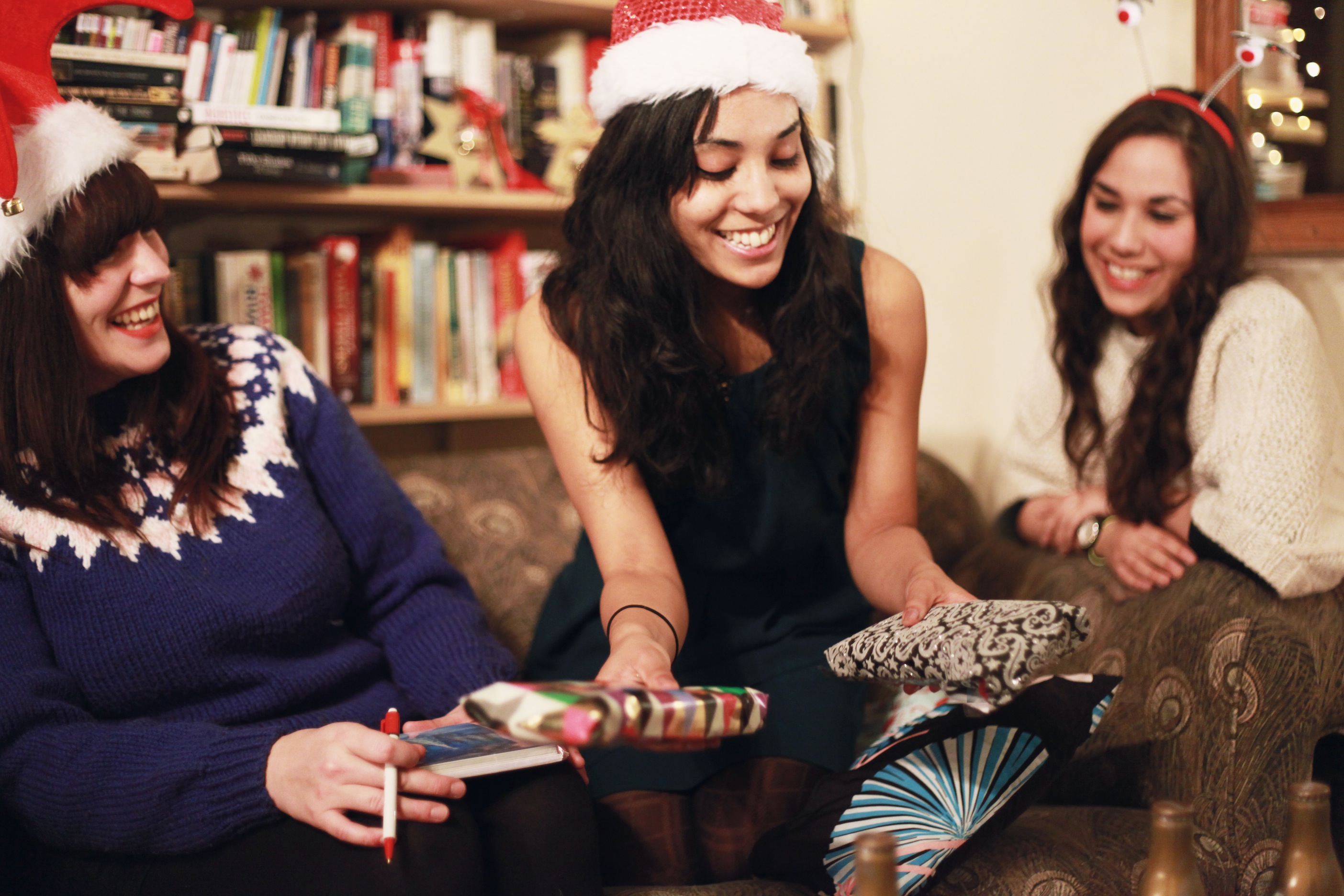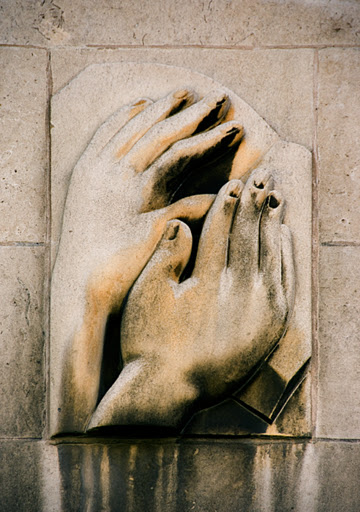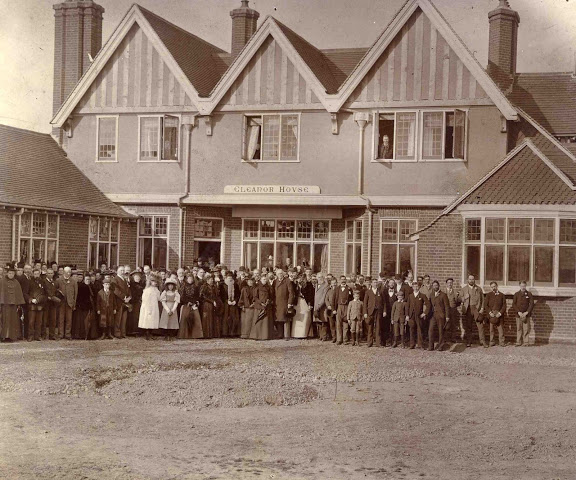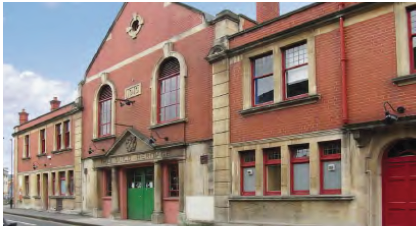
I met Linda when I was delivering a training course aimed at former substance misusers who wanted to become “recovery champions” and better support their peers engage in that service.
Although Linda didn’t speak with any great volume, there was something so utterly powerful and authentic in her statement that for a second the room stopped and focussed upon her. It was not a statement of self-pity, or an attempt to claim the title of the bleakest life experience; it was simply a statement of fact – here was a 48-year-old woman who had never thought she would “be” anything.
I would later learn that Linda had “been” sexually abused from an early age by a string of boyfriends that her mother, working as a street sex worker, had brought into the home. She herself had “been” a street sex worker for most of her life. She had “been” trapped in misuse of heroin and crack on and off for the last 25 years. She had “been” the mother of a small child who died due to swallowing Linda’s methadone prescription.
At some point during the day, we were discussing recovery capital and specifically, the idea of people holding different levels of cultural capital. Many participants talked about how when they were young what they had imagined their lives might be – and the kinds of things that had got in the way of these ordinary dreams. I recall that none of the participants had held any particularly grand or unrealistic hopes, just the usual – jobs, children, and a place to call home.
I guess the power of Linda’s statement was that although she had been many things she had never imagined what she might be.
I am proud to work as part of Addaction’s London training team. It’s a small team of three full time workers and one part time volunteer. The major part of our job is delivering something called the Next Project.
This is a 12-week training course providing the necessary skills and training to people who have been affected by substance misuse and, since August 2010, carers or those affected by the substance misuse of someone close to them.
Some might call it a back to employment scheme that really works (imagine that!), which is fine, except quite a lot of the people who do the course have never even officially had a job. We call it a personal development course that supports the participants to make the kind of changes needed to move their lives forward so they can enjoy the kind of lives that meets their human potential.
Rather than work from the assumption that our trainees are “addicts” or “victims” or “burdened with care” – we work from the belief that our trainees are smart enough to be interested in examining their own behavioural patterns. It is, if you like, a psychology course based upon study of self and the personal changes made possible with this knowledge.
We know this works because since 2005 when the Project started to April 2012, 338 people have attended it and 261 have completed it, a success rate of 77%. This has increased to 87% in the last four years as the project has evolved. 9 out of 10 people finishing Next in the last four years have completed qualifications and gone on to further education/training and volunteering. 31% of those that have finished since 2008 are now in full-time employment. This figure increases steadily over time as Next graduates gain experience and confidence from volunteering and further study that enables them to start applying for jobs
The course is purposefully demanding and intense – giving the participants a real sense of achievement when they complete the course. Next is a proven success story, and is heavily oversubscribed, with waiting lists of up to six months. Referral is from the London boroughs (Islington, Greenwich, Wandsworth and Southwalk funding through Terra Firma) that currently fund places, and a place isn’t cheap at £2,500 but the impact of successful completion reaches much further than the individual (Addaction estimates that each person dependent on illegal drugs costs the country around £44,000 a year, compared to £2,500 for each trainee, for a nine month period). In fact the benefits will extend as far as their children, families and the wider community.
Linda secured funding to do the Project. She completed the course. She did not miss one single session. I don’t think she missed a single minute.
We watched Linda transform – her physical presence, body language, voice projection, intellectual reasoning, confidence, self awareness. It was a transformation that Linda initiated within herself, we provided the right kind of knowledge, support, (the occasional) challenge and encouragement. It was as if she understood the importance of the moment. The moment when she finally could see who she deserved to be.
* For more on the effectiveness of the Next Project and its employment outcomes, see this recent piece in the Guardian.





![IMG_6065[1]](http://thesocialissue.com/wp-content/uploads/2012/10/IMG_60651-1024x716.jpg)
![IMG_8166[1]](http://thesocialissue.com/wp-content/uploads/2012/10/IMG_81661-1024x716.jpg)
![photo[2]](http://thesocialissue.com/wp-content/uploads/2012/10/photo2.jpg)



